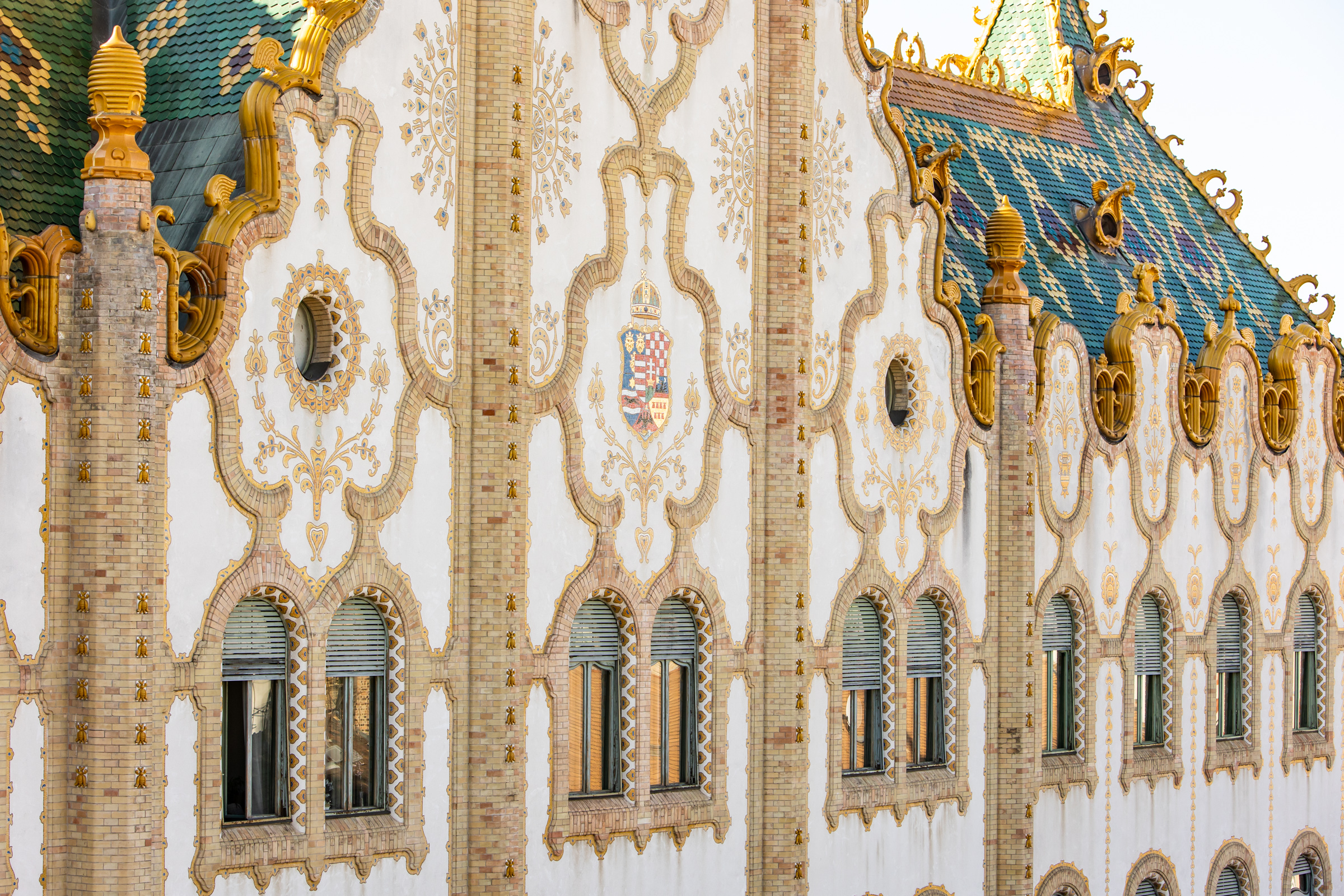The Royal Postal Savings Bank can trace its
history back to 1 February 1886 when it began to operate from the detached courtyard
rooms of an apartment building on Apáczai Csere János (former Mária Valéria)
utca.
The bank quickly outgrew the space and moved to a house on Széchenyi
rakpart, which again proved to be too small. They soon realised that the only
way to find a final home for the bank was to have a brand new head office
built.
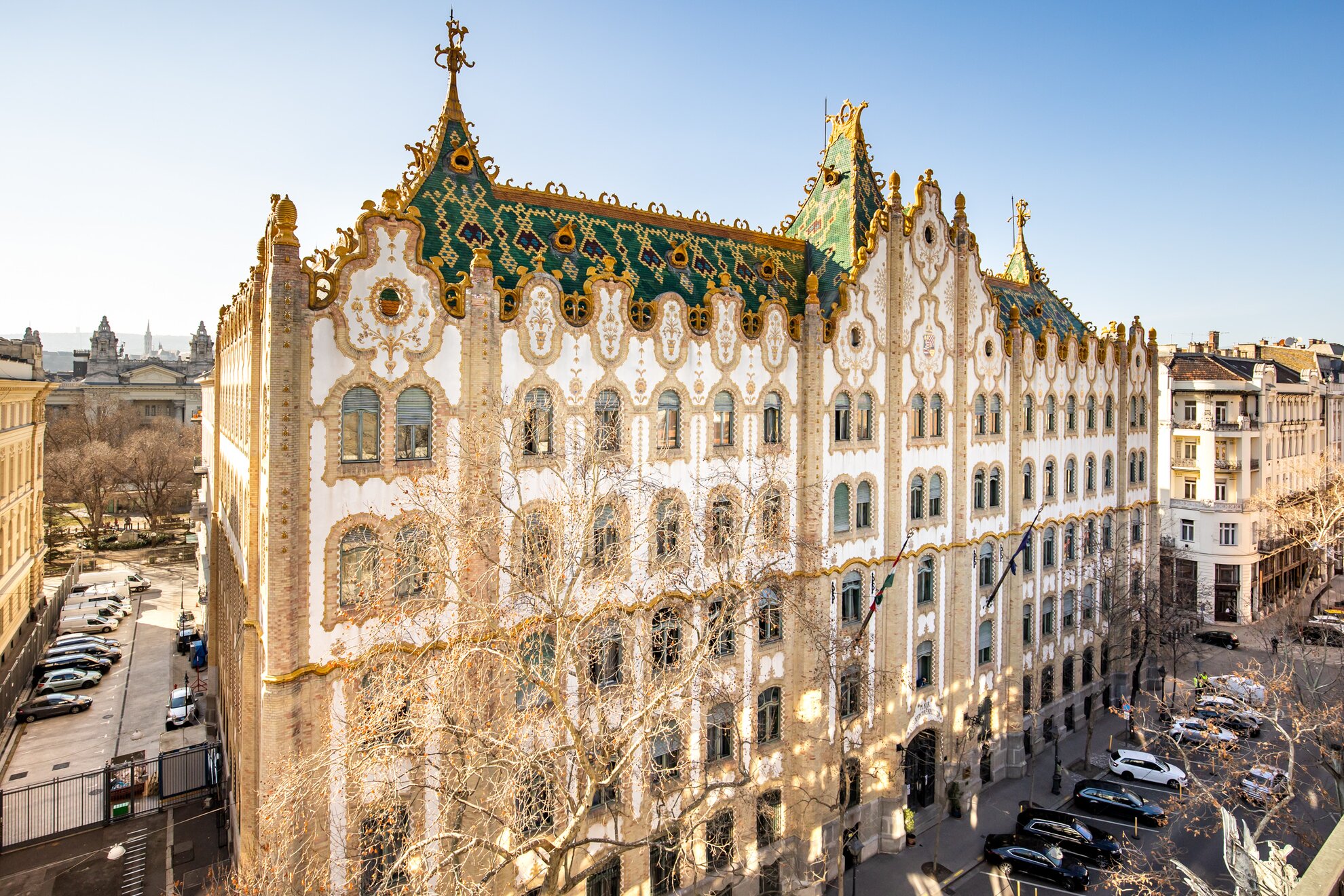
The chosen location on Hold utca used to be the
site of Aedificium Regium Novum – an infamous fortress and place of execution –
which was demolished in 1898 and the land divided into plots involving the
construction of more than 30 lavish buildings, including this one.
It turned out to have the most disadvantageous
dimensions, resulting in the unusual positioning of the head office: instead of
the usual façade, here the gable, frieze and the roof are the most ornate parts
of the building.
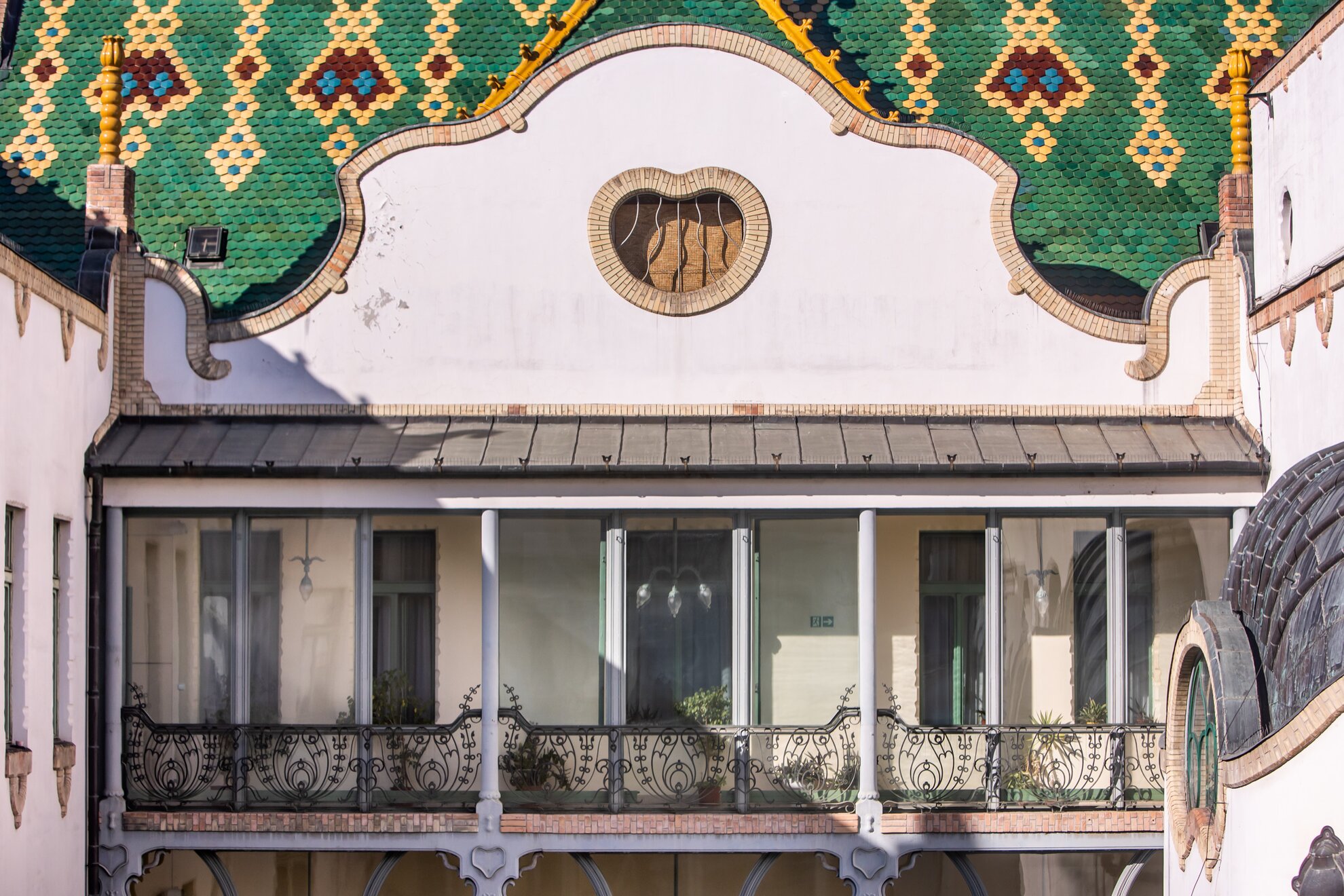
Towards the end of December 1899, a tender was announced to find an architect who wasn’t only a Hungarian citizen but also someone thrifty enough to stay within a budget of one million Hungarian koronas and complete the design plans within two months. In spite of these strict conditions, the competition elicited great interest with 61 competitors submitting their plans.
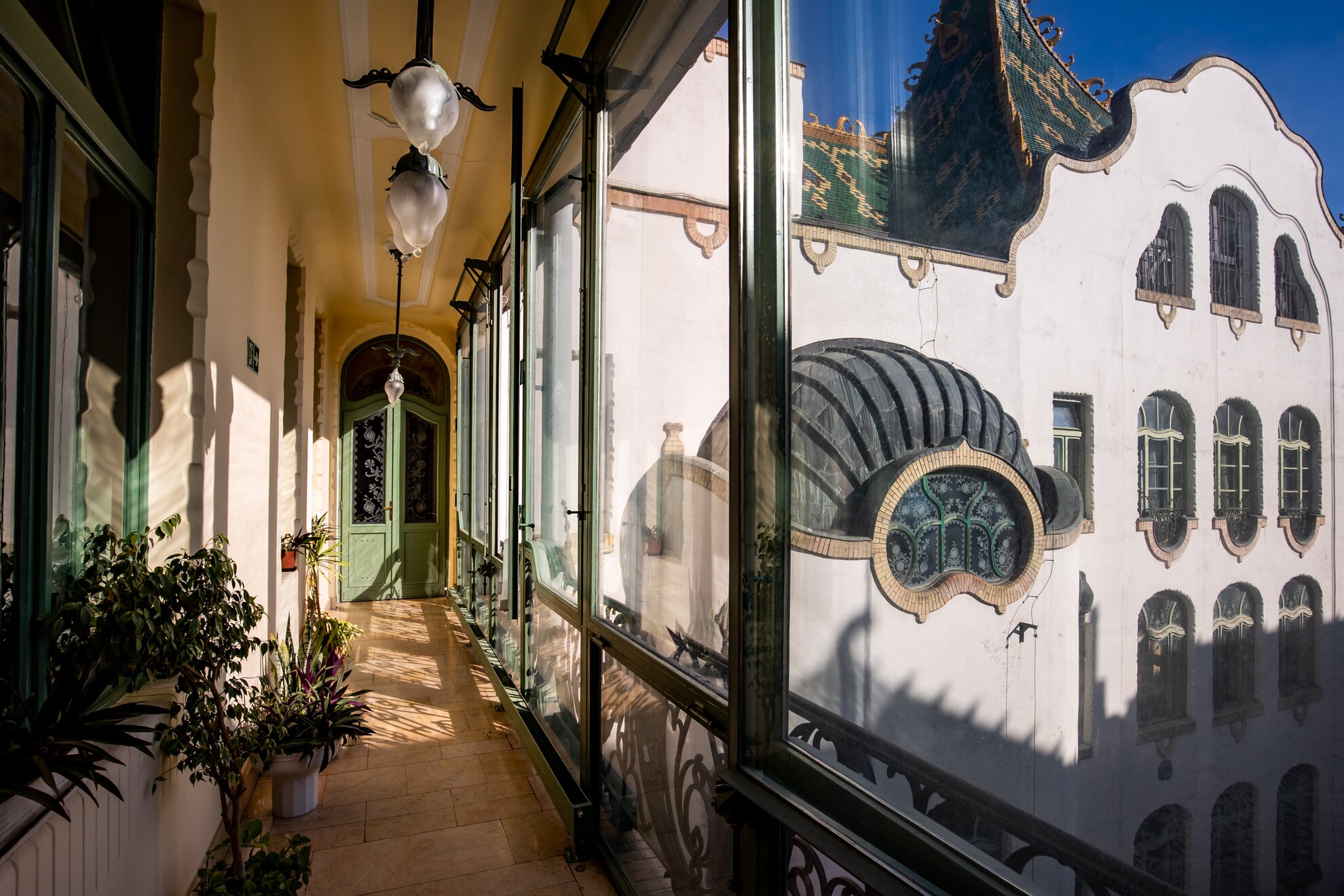
The winner – of the first round, at least –
turned out to be Gyula Berczik, instead of the highly anticipated Ödön Lechner,
causing great public fury as the former worked for the Ministry of Trade and
posed a conflict of interest.
After public pressure forced a re-run, Lechner
and colleague Sándor Baumgarten were granted the commission but this didn’t put
an end to the difficulties around the construction. Through lengthy litigation,
their peers expressed their dissatisfaction about the Art Nouveau style that Lechner
had chosen to work in.
The ornate motifs of assiduous bees on the building and their hives not only symbolise economy but also Lechner’s passionate devotion to the creation of a Hungarian folk language of form. Nowadays, the idea of constructing a public building in a couple of years would seem somewhat impossible – however, within the surprisingly short time of 12 months, the Royal Postal Savings Bank’s head office was complete.
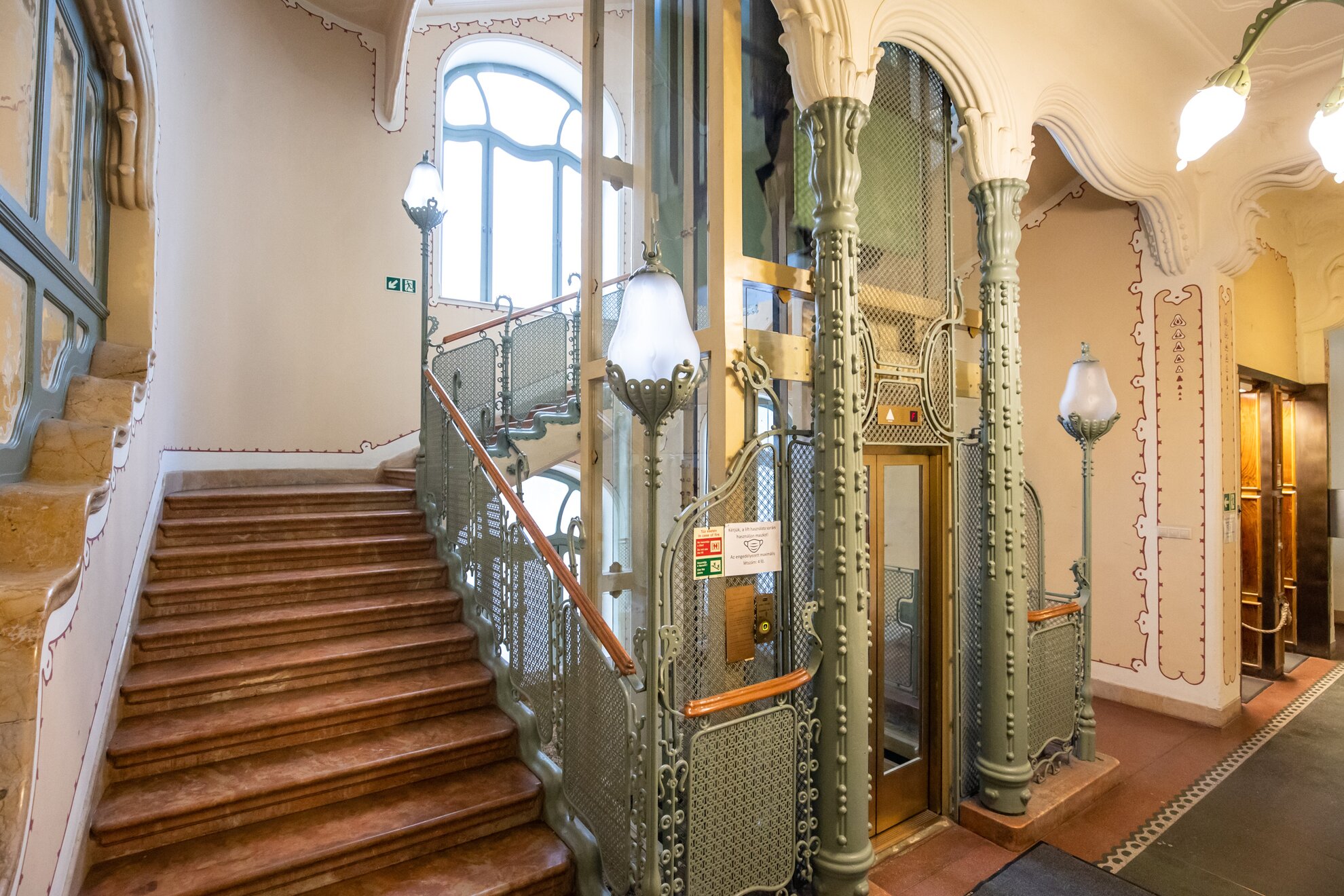
Drenched in sunlight, the brick-lined windows,
the motifs of flowers with the bees and their hives give the illusion of a
meticulously embroidered lace tablecloth or, if you let your imagination run a
little wilder, the splendid castle of a magical faraway fairyland.
The
glittering magnificence of the façade flows into the interior, with the columns,
in the bank’s signature green, surrounded by light yellow walls framed with
ravaging russet patterns. Those who wish to go up the stairs will be
accompanied by small snake statuettes closely observing everyone from behind
the wood banisters.
Even though the interior underwent minor renovations
in the past few years, it managed to retain most of its charm. Unfortunately,
the glass vault of the tellers’ hall hasn’t been filled with sunlight for years
now and the once splendid glass dome is long gone, too.
Lechner designed the
building in a way to make it possible for future architects to alter the
interior walls without touching the façade. Owing to his forward thinking, the
former service apartments of bank officials could easily be turned into offices
over time.
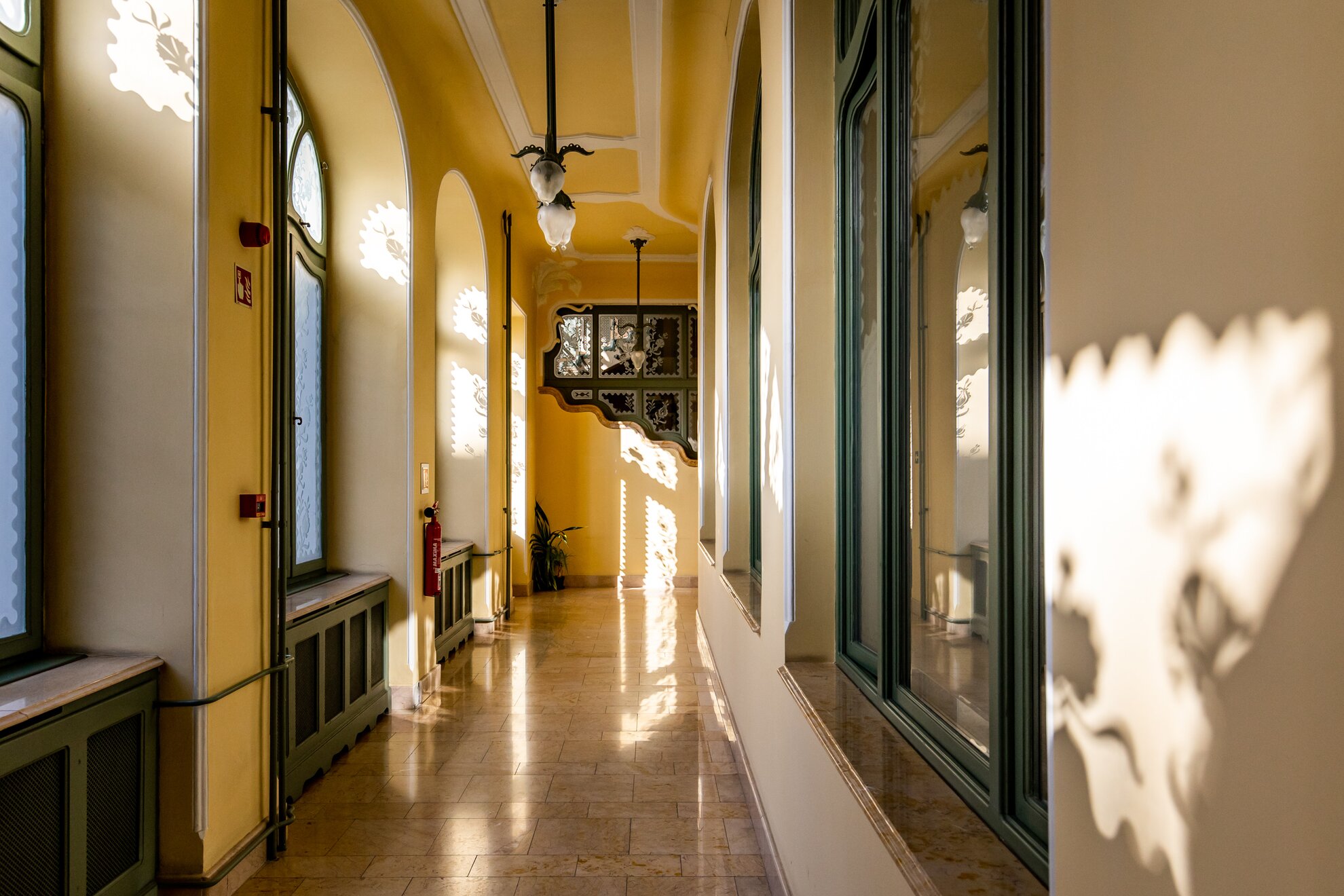
It’s a magnificent sight when the sunlight streams through the etched glass windows and paints delicate flowers on the walls. The windows – unsurprisingly – are the works of Miksa Róth, the celebrated glass and mosaic artist.
The colourful majolica, the dragon roof ornaments and the glazed roof tiles all came from Vilmos Zsolnay’s porcelain manufactory in Pécs. Standing on the pavement might trick onlookers into believing that the ornaments and the ridge tiles on the roof are bigger than they really are, but entering the building’s own exhibition hall will reveal their actual – if larger than expected – size.
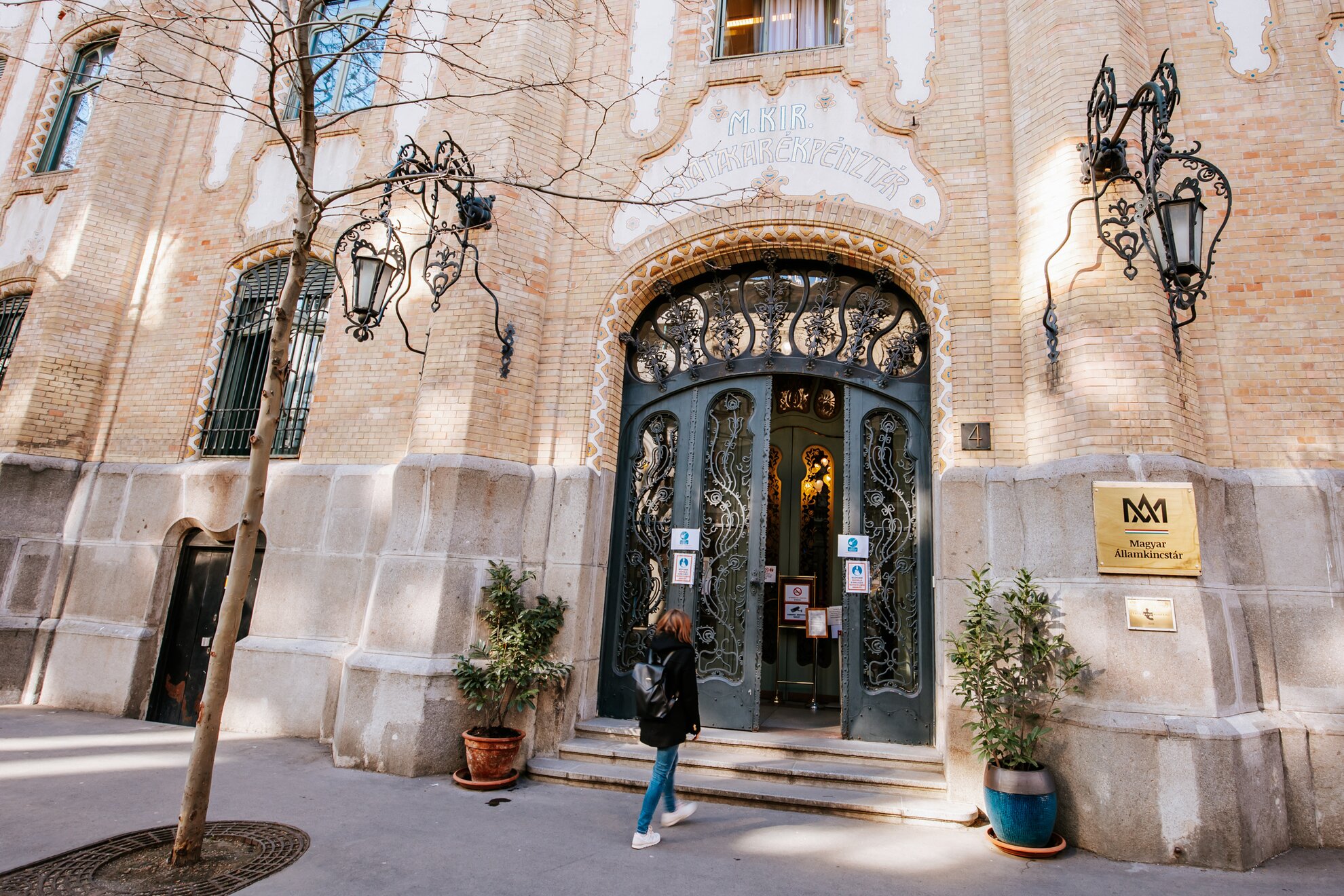
The frozen music of architecture
"As they say,
architecture is frozen music and there is perhaps no better example of this in
than the way the decorative battlements embrace the finely detailed gable.
These are a confession of joy which came to existence as the architect explored
the Hungarian rhythm of the lines,” wrote
the critic Ödön Gerő in a 1902 edition of the Hungarian periodical, Art.
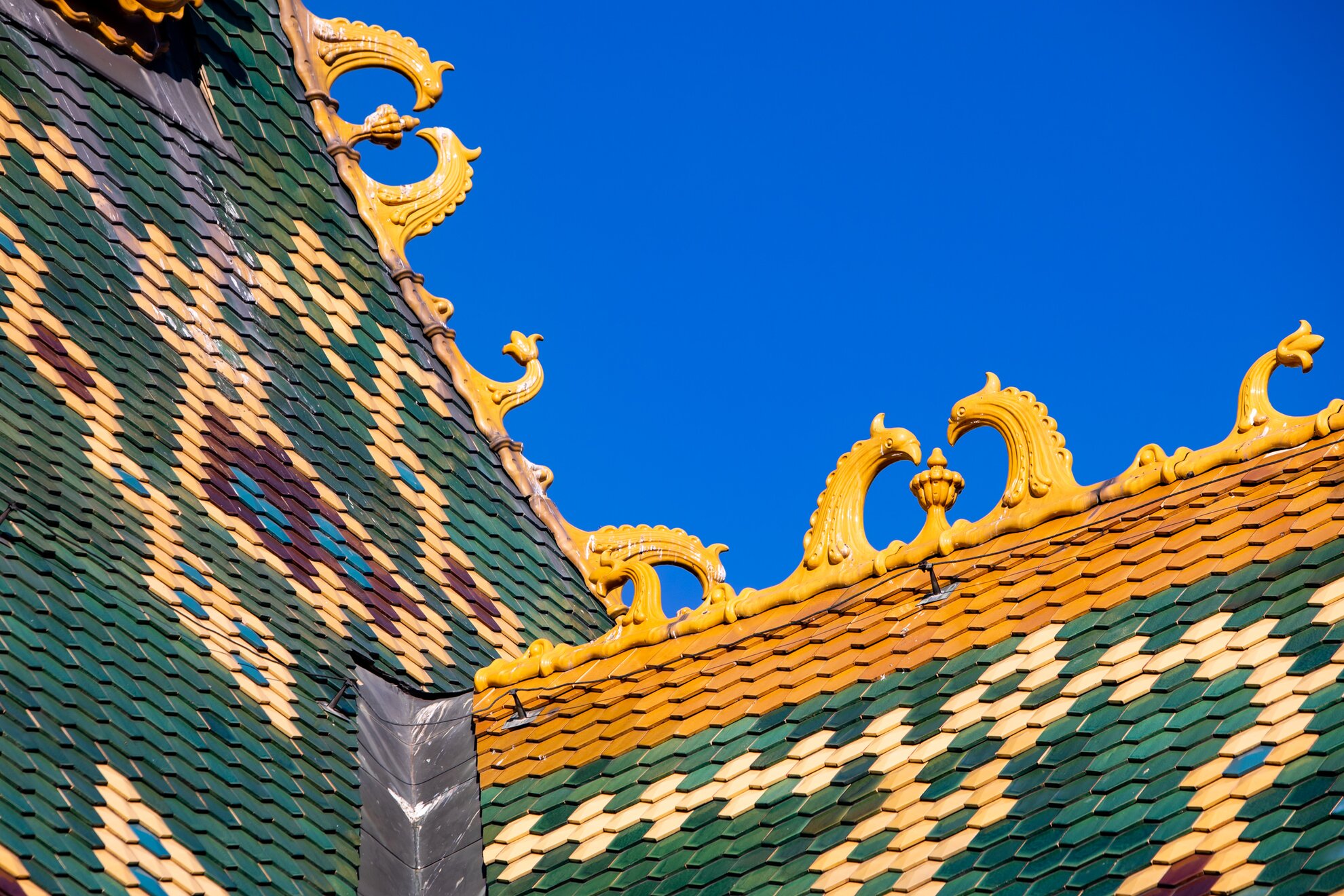
The building wasn’t just a forerunner of
modern architectural solutions but also a perfectly equipped head office:
state-of-the-art appliances included the latest models of indoor lighting,
ventilators, lifts and a central heating system.
Pieces of
furniture designed by Lechner himself used to adorn the great hall with their arched and
rounded lines, though sadly now long gone. In spite of all the bells and whistles, the
construction of the Royal Postal Savings Bank’s head office was actually the
least costly execution of a public building during the Lechner age.
